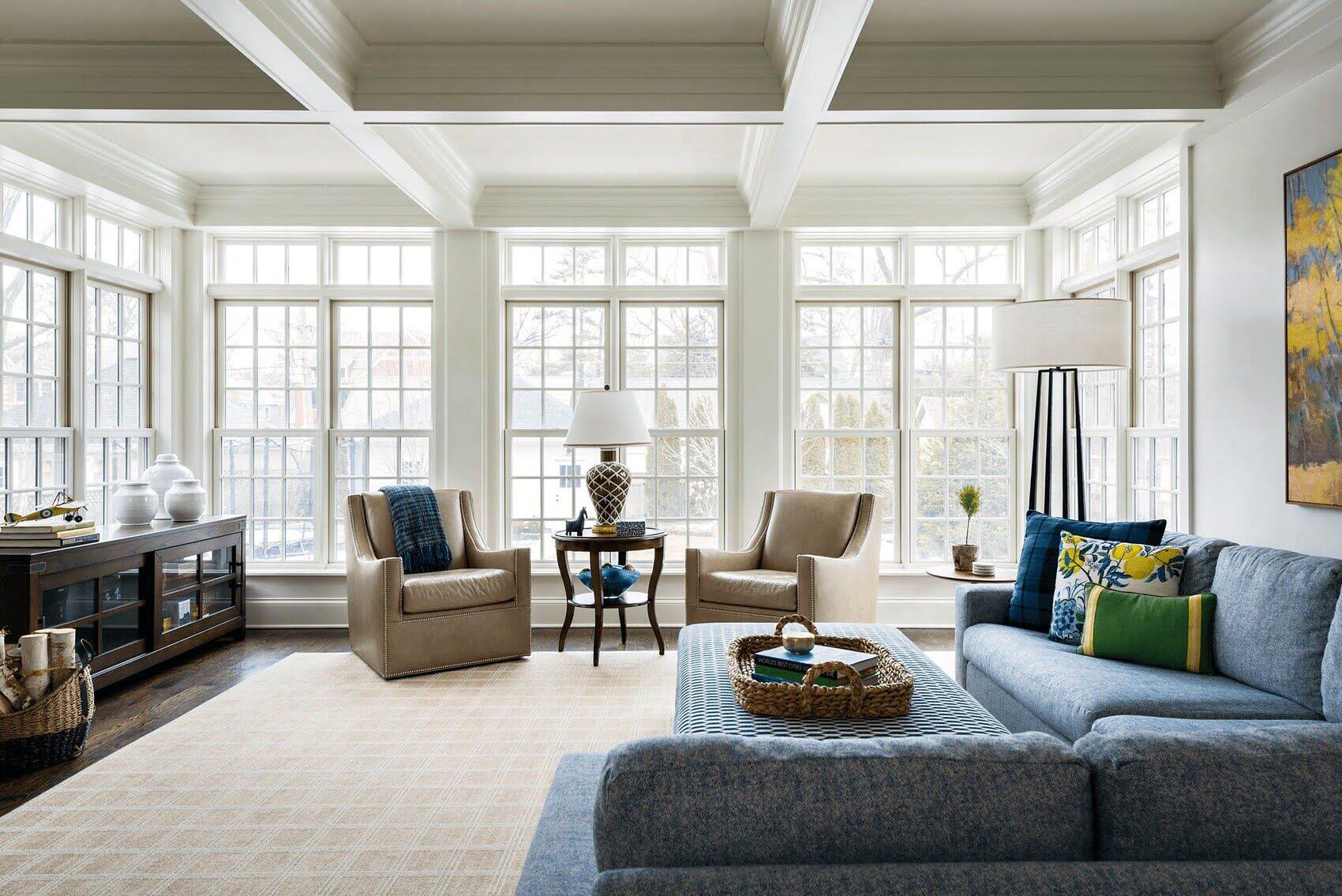

Articles
How To Decorate Formal Living Room
Modified: January 5, 2024
Discover expert articles on how to decorate a formal living room, including tips on furniture placement, color schemes, and elegant design ideas. Enhance your space with our insightful advice.
(Many of the links in this article redirect to a specific reviewed product. Your purchase of these products through affiliate links helps to generate commission for Storables.com, at no extra cost. Learn more)
Introduction
Having a formal living room is like having a grand stage set where you can entertain guests, showcase your style, and create an atmosphere of elegance. It is a space where you can host intimate gatherings, engage in meaningful conversations, and make a lasting impression on your visitors. To create a formal living room that exudes sophistication and refinement, it is important to pay attention to every detail and carefully curate the furniture, color palette, lighting, window treatments, artwork, and accessories.
In this article, we will guide you on how to decorate a formal living room to make it a captivating and inviting space that reflects your personal taste and style.
Key Takeaways:
- Create an elegant formal living room by choosing timeless furniture, a sophisticated color palette, and strategic lighting to set the stage for captivating gatherings and lasting impressions.
- Infuse personality and functionality into your formal living room with carefully curated artwork, conversation-friendly furniture arrangements, and effective space utilization for a welcoming and visually stunning space.
Read more: How To Decorate Formal Dining Room
Choosing the Right Furniture
When it comes to decorating a formal living room, the furniture you choose plays a crucial role in setting the tone and style of the space. Opt for pieces that are elegant, timeless, and of high quality.
Start by selecting a comfortable yet stylish sofa as the centerpiece of your living room. Look for designs with clean lines, classic shapes, and luxurious upholstery. Consider options such as velvet or leather, which add a touch of sophistication. Pair the sofa with matching armchairs to create a cohesive and balanced seating arrangement.
Incorporate a coffee table that complements the sofa and chairs. Choose a design that is both functional and visually appealing. Opt for materials like glass or marble for an added touch of elegance.
Additionally, consider investing in a statement piece, such as an antique or vintage console table or sideboard. This will not only provide storage space but also add character and charm to the room.
Remember to choose furniture that is proportionate to the size of the room. Avoid overcrowding the space with too many pieces. Create an open and airy atmosphere by leaving enough walking space between furniture.
Lastly, don’t forget about comfort. Incorporate plush cushions and throw pillows to make your formal living room cozy and inviting. Select fabrics and patterns that complement the overall color scheme and style of the room.
Selecting a Formal Color Palette
The color palette you choose for your formal living room sets the foundation for the entire space. Opt for colors that exude elegance, sophistication, and timeless appeal.
Neutral tones are a popular choice for formal living rooms as they provide a versatile base for other elements in the room to stand out. Shades of beige, cream, taupe, and gray work well to create a serene and refined ambiance.
If you desire a bolder and more dramatic look, consider incorporating rich jewel tones such as deep blue, emerald green, or burgundy. These colors add depth and opulence to the space, creating a sense of grandeur.
When selecting a formal color palette, also take into consideration the natural lighting in the room. If your living room receives plenty of natural light, you can go for lighter shades to enhance the brightness and airiness. On the other hand, if the room lacks natural light, opt for warmer tones to create a cozy and intimate ambiance.
Another important aspect to consider is the coordination between the color palette and the furniture. Ensure that the colors of your furniture and accessories complement or contrast in a visually appealing way. For example, if you have a neutral color sofa, consider adding pops of color through accent pillows or accessories.
Ultimately, the goal is to create a harmonious and balanced color scheme that reflects the elegance and formality of the space.
Creating a Focal Point in the Room
In a formal living room, establishing a focal point is essential in drawing attention and creating a visually striking element that anchors the space. The focal point serves as the centerpiece and often becomes a conversation starter.
There are various ways to create a focal point in your formal living room. One common approach is to designate a prominent wall as the focal point and adorn it with a large, eye-catching piece of artwork or an intricately designed mirror.
If you prefer a more traditional approach, you can opt for a grand fireplace as the focal point. Positioning the seating area around the fireplace not only creates a cozy atmosphere but also adds an element of charm.
Alternatively, you can create a focal point by incorporating a statement piece of furniture, such as an ornate chandelier, a luxurious rug, or a striking piece of sculpture. These items instantly capture attention and lend a touch of elegance to the room.
When establishing a focal point, it is important to consider the scale and proportion of the room. Avoid overwhelming the space with an oversized or overpowering element. Instead, choose something that complements the overall design aesthetic and fits harmoniously within the room.
Remember, the focal point should command attention without overshadowing other elements in the room. It should enhance the overall ambiance and act as a centerpiece that ties everything together, creating a cohesive and visually appealing space.
Accentuating with Lighting
Lighting plays a crucial role in setting the mood and enhancing the overall ambiance of a formal living room. It is essential to have a combination of functional and decorative lighting to create a well-balanced and visually appealing space.
Start by incorporating a central overhead lighting fixture, such as a chandelier or a pendant light. This serves as a statement piece and provides general illumination for the room. Choose a design that complements the overall style and adds a touch of elegance to the space.
In addition to the central fixture, include task lighting to provide focused lighting for specific activities or areas. Table lamps or floor lamps placed strategically near seating areas or reading nooks can add both functionality and visual interest.
Consider complementing the primary lighting with accent or decorative lighting. Use wall sconces to highlight architectural features, artwork, or decorative elements. This creates visual depth and adds a layer of sophistication to the room.
To create a warm and inviting atmosphere, incorporate dimmer switches or adjustable lighting fixtures. This allows you to control the intensity of the light according to the occasion and desired mood.
Another way to accentuate the lighting in your formal living room is to incorporate mirrors. Mirrors reflect light and create an illusion of spaciousness. Strategically placing mirrors opposite windows or near light sources can help maximize the natural and artificial light in the room.
When selecting lighting fixtures, ensure they align with the overall design concept and complement the other elements in the room. Pay attention to the scale and proportion, choosing fixtures that are appropriate for the size of the space.
By thoughtfully combining different types of lighting and placing them strategically, you can create a well-lit, inviting, and visually stunning formal living room.
Read more: What To Do With Unused Formal Living Room
Incorporating Elegant Window Treatments
Window treatments are an important aspect of decorating a formal living room as they not only provide privacy but also enhance the overall aesthetic appeal of the space. Elegant and luxurious window treatments can elevate the look and feel of the room.
Start by considering the fabric choice for your curtains or drapes. Opt for high-quality materials such as silk, velvet, or linen that offer a luxurious and refined look. These fabrics drape beautifully and add a touch of sophistication to the room.
When choosing colors for your window treatments, consider the overall color palette of the room. You can opt for neutral tones that blend seamlessly with the rest of the decor or choose bold and rich colors that create a striking contrast. Sheer curtains in light colors can also be used to add an ethereal and airy feel to the room.
In terms of style, consider classic options such as floor-to-ceiling draperies or elegant Roman shades. These styles add elegance and formality to the space. If you prefer a more contemporary look, you can opt for sleek and minimalistic blinds or shades.
Another important consideration is the hardware used to hang the window treatments. Choose decorative rods and finials that complement the style of the room. Consider finishes such as gold, brass, or silver to add a touch of luxury.
To further enhance the elegance of your window treatments, consider adding decorative elements such as valances, cornices, or swags. These can provide additional visual interest and create a sense of grandeur.
Lastly, consider the functionality of the window treatments. Use blackout lining or sheer panels to control the amount of light entering the room. Motorized options can also provide convenience and allow you to adjust the window treatments with ease.
Remember to maintain consistency with the overall design aesthetic of the room and choose window treatments that complement the furniture, color palette, and lighting. By incorporating elegant and well-coordinated window treatments, you can truly transform your formal living room into a sophisticated and refined space.
When decorating a formal living room, focus on elegant and sophisticated furniture and decor. Choose high-quality materials, such as leather, velvet, and wood, and incorporate classic design elements like chandeliers and ornate mirrors for a timeless look.
Adding Artwork and Decorative Accessories
Artwork and decorative accessories are the finishing touches that add personality and visual interest to a formal living room. They serve as focal points, conversation starters, and reflections of your personal style. Here are some tips on how to incorporate artwork and decorative accessories effectively:
1. Selecting Artwork:
- Choose artwork that complements the color palette and style of the room. Opt for pieces that evoke emotions and make a statement.
- Consider the scale of the artwork. A large, bold piece can make a dramatic impact, while a collection of smaller pieces can create a gallery-like effect.
- Place artwork at eye level to ensure it is easily visible and becomes a focal point in the room.
- Consider mixing different art mediums, such as paintings, photographs, or sculptures, to add depth and variety to the space.
2. Decorative Accessories:
- Incorporate tasteful decorative accessories such as vases, sculptures, and decorative bowls to add texture and visual interest.
- Arrange accessories in a balanced and cohesive manner, considering the size and scale of the items.
- Avoid cluttering the space with too many accessories. Select a few key pieces that enhance the overall aesthetic of the room.
- Consider incorporating decorative mirrors to create a sense of space and light reflection.
3. Creating Vignettes:
- Create vignettes or groupings of accessories on shelves, mantels, or side tables to add a curated and stylish look.
- Combine different heights, textures, and shapes to create visual interest in the vignettes.
- Consider adding elements from nature, such as fresh flowers or potted plants, to bring life and freshness to the room.
To showcase your artwork and decorative accessories effectively, make use of appropriate lighting. Install accent lights or picture lights to highlight specific pieces and create a gallery-like atmosphere.
Remember, the goal is to strike a balance between showcasing your personal style and maintaining a refined and elegant look. By carefully selecting artwork and decorative accessories, you can add layers of visual interest and truly make your formal living room a unique reflection of your taste and personality.
Arranging Furniture for Conversations
The layout and arrangement of furniture in a formal living room can significantly impact the flow of conversation and the overall functionality of the space. Here are some tips for arranging furniture to facilitate conversations:
- Create a focal point: Position the main seating area around a focal point, such as a fireplace or a large piece of artwork. This arrangement helps to draw people’s attention and encourages natural conversation.
- Consider the conversation area: Arrange furniture in a way that promotes face-to-face interaction. Place sofas and chairs in a semi-circle or L-shape to create a cozy and intimate seating arrangement.
- Leave adequate walking space: Ensure there is enough room for easy movement throughout the room. Avoid cluttering the space with too much furniture, allowing guests to move freely and comfortably.
- Use coffee tables and side tables: Place coffee tables or side tables within reach of seating areas. These surfaces provide a convenient place for guests to rest their drinks or snacks during conversations.
- Create multiple conversation zones: If the room is large enough, you can consider creating multiple conversation zones. This allows for smaller and more intimate conversations to take place simultaneously.
- Consider the placement of TV or entertainment systems: If you have a television or an entertainment system in your formal living room, make sure it does not dominate the seating arrangement. Place it in a less prominent position so that the focus remains on human interaction.
- Balance the furniture arrangement: Distribute the weight of furniture evenly throughout the room. This creates a sense of harmony and balance in the space.
- Add additional seating options: Incorporate extra seating options such as ottomans or poufs to provide flexibility and accommodate more guests during gatherings.
- Keep accessibility in mind: Ensure that pathways and doorways remain unobstructed to maintain easy access to the room. Consider the placement of furniture in relation to the entrance and exit points.
By arranging your furniture in a way that encourages meaningful conversations and allows for comfortable movement, you can create a welcoming and functional space for entertaining guests and engaging in lively discussions.
Utilizing Space Effectively
Effective space utilization is key to creating a functional and visually appealing formal living room. By maximizing every inch of the space, you can create a room that is both practical and aesthetically pleasing. Here are some tips for utilizing space effectively:
- Plan the layout: Before arranging furniture or adding decorative elements, carefully plan the layout of your formal living room. Consider the dimensions of the space and the placement of windows, doors, and architectural features.
- Utilize vertical space: Take advantage of vertical space by incorporating tall bookshelves, floor-to-ceiling draperies, or hanging artwork. This draws the eye upward, creating the illusion of a larger and more spacious room.
- Opt for multi-functional furniture: Choose furniture pieces that serve multiple purposes. For example, consider a coffee table with built-in storage or ottomans that can be used for seating and storage.
- Maximize storage: Incorporate storage solutions to keep the room organized and clutter-free. Use bookcases, cabinets, or console tables with drawers to store books, magazines, and other items.
- Utilize corners: Don’t overlook the corners of the room. Use corner shelves or corner seating to make the most of every available space.
- Consider built-in furniture: Built-in shelves, cabinets, or window seats can be a great way to utilize space effectively. They provide additional storage options and can be customized to fit the dimensions of the room.
- Arrange furniture strategically: Place furniture in a way that optimizes the flow of the room. Avoid blocking pathways or creating obstacles that hinder movement.
- Consider scale and proportion: Choose furniture and decorative accessories that are proportionate to the size of the room. Oversized furniture can make a small room feel cramped, while small furniture can get lost in a large room.
- Use mirrors: Incorporating mirrors can create an illusion of space by reflecting light and making the room appear larger. Place mirrors strategically to maximize their effect.
- Keep it organized: Regularly declutter and organize the space to maintain a clean and spacious feel. Remove unnecessary items and store them away to create a more open and inviting environment.
By effectively utilizing space, you can optimize the functionality and appearance of your formal living room. Whether it’s clever storage solutions, multi-functional furniture, or strategic placement of decorative elements, every decision should aim to make the most of the available space.
Read more: How To Decorate A Living Room?
Maintaining a Clean and Organized Space
A clean and organized formal living room not only enhances its visual appeal but also promotes a sense of tranquility and serenity. Here are some tips for maintaining a clean and organized space:
- Establish a cleaning routine: Set aside dedicated time to clean and tidy up the formal living room regularly. This could be a weekly or bi-weekly routine to ensure that dust, dirt, and clutter are minimized.
- Declutter regularly: Clutter can quickly accumulate in a living room. Regularly assess the items in the room and remove anything that is no longer needed or doesn’t contribute to the overall aesthetic.
- Have designated storage spaces: Integrate storage solutions such as cabinets, shelves, or baskets to keep items organized and out of sight. Assign specific areas for remote controls, books, magazines, and other items.
- Invest in decorative storage: Opt for stylish storage options that blend seamlessly with the decor. Utilize decorative boxes, trays, or bins to store smaller items, such as coasters or miscellaneous accessories.
- Utilize hidden storage: Look for furniture pieces that offer hidden storage space, such as ottomans or coffee tables with storage compartments. These can help keep the room tidy while providing functional storage solutions.
- Use cable management solutions: Discreetly manage and conceal cables and cords from electronic devices to keep the space organized and clutter-free. Cable clips or cord covers can help keep wires neat and out of sight.
- Regularly dust and vacuum: Dust surfaces, furniture, and decorative items on a regular basis to maintain a clean and polished look. Vacuum or sweep the floors to keep them free of debris.
- Clean upholstery and curtains: Follow the manufacturer’s instructions to clean and maintain upholstery and curtains. Regularly spot clean and vacuum upholstered furniture to keep it looking fresh. Properly clean and maintain curtains or drapes to remove dust and ensure they look their best.
- Keep surfaces clear: Avoid cluttering surfaces with unnecessary items. Limit the number of decorative accessories and make sure they are arranged in an organized and visually pleasing manner.
- Encourage everyone to contribute: Establish a household rule for everyone to contribute to the cleanliness and organization of the formal living room. This will help maintain a clean and harmonious environment.
Maintaining a clean and organized formal living room requires regular attention and effort. By implementing these strategies, you can create a space that is both visually stunning and inviting, ensuring a pleasant and enjoyable experience for all who enter.
Conclusion
Designing and decorating a formal living room requires careful consideration and attention to detail. By following the tips outlined in this article, you can transform your formal living room into an elegant and inviting space that reflects your personal style and creates a lasting impression on guests.
Start by choosing the right furniture that is not only stylish but comfortable. Select a color palette that exudes sophistication and complements the overall aesthetic of the room. Create a focal point to anchor the space and captivate attention. Accentuate the room with lighting to enhance its ambiance and beauty. Incorporate elegant window treatments to add a touch of luxury and privacy.
Add artwork and decorative accessories strategically to infuse personality and visual interest. Arrange furniture in a way that promotes conversation and emphasizes the functionality of the space. Utilize the available space effectively by maximizing storage options and keeping the room organized. Lastly, maintain a clean and clutter-free environment to ensure the room remains inviting and visually appealing.
Remember, designing a formal living room is a creative and exciting process. It’s an opportunity to showcase your style and create a space that reflects your personality. By thoughtfully curating every element, you can transform your formal living room into a sanctuary of elegance, sophistication, and refinement.
So, whether you are hosting intimate gatherings or relaxing in solitude, your formal living room will serve as a captivating and welcoming space for both you and your guests to enjoy for years to come.
Frequently Asked Questions about How To Decorate Formal Living Room
Was this page helpful?
At Storables.com, we guarantee accurate and reliable information. Our content, validated by Expert Board Contributors, is crafted following stringent Editorial Policies. We're committed to providing you with well-researched, expert-backed insights for all your informational needs.
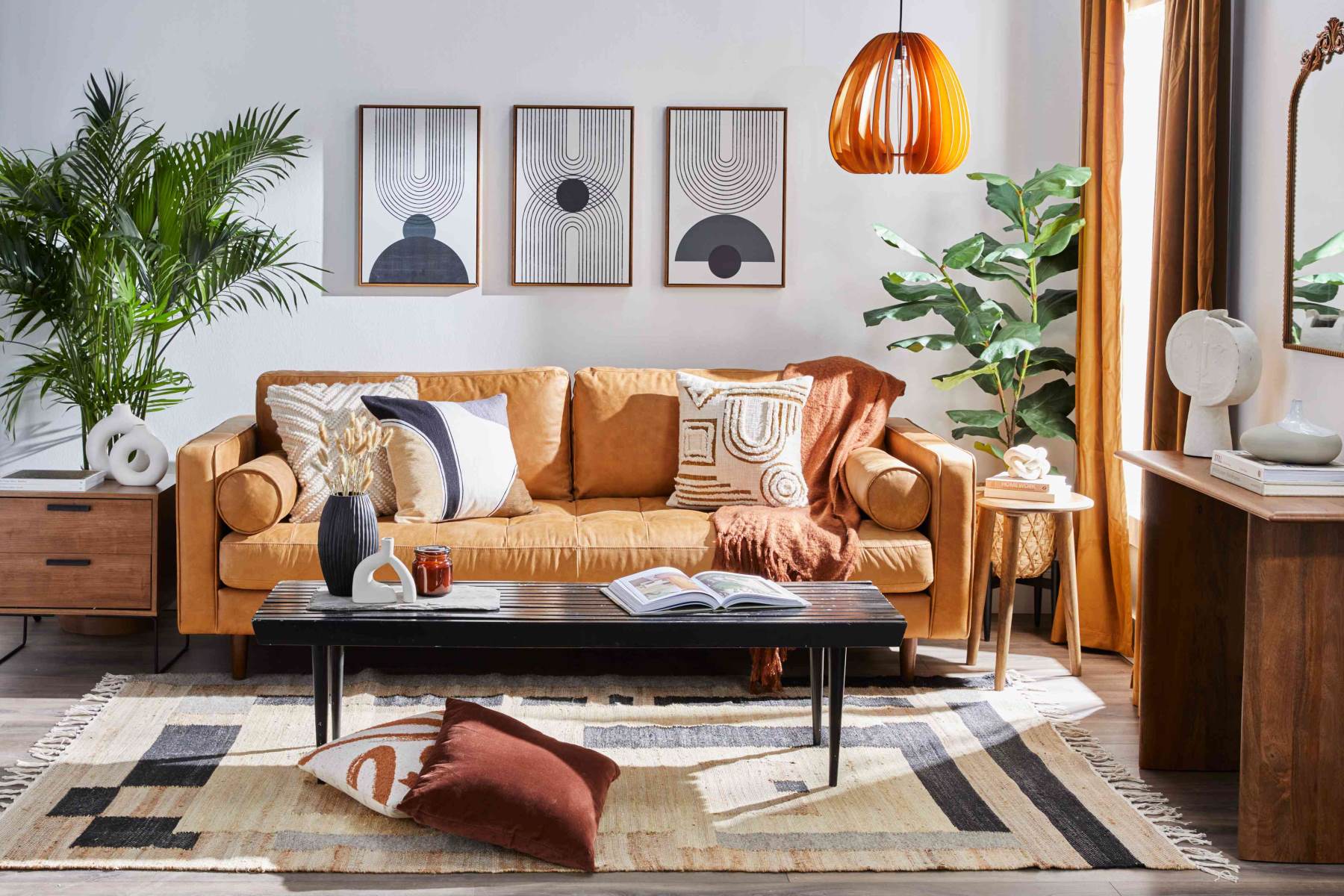
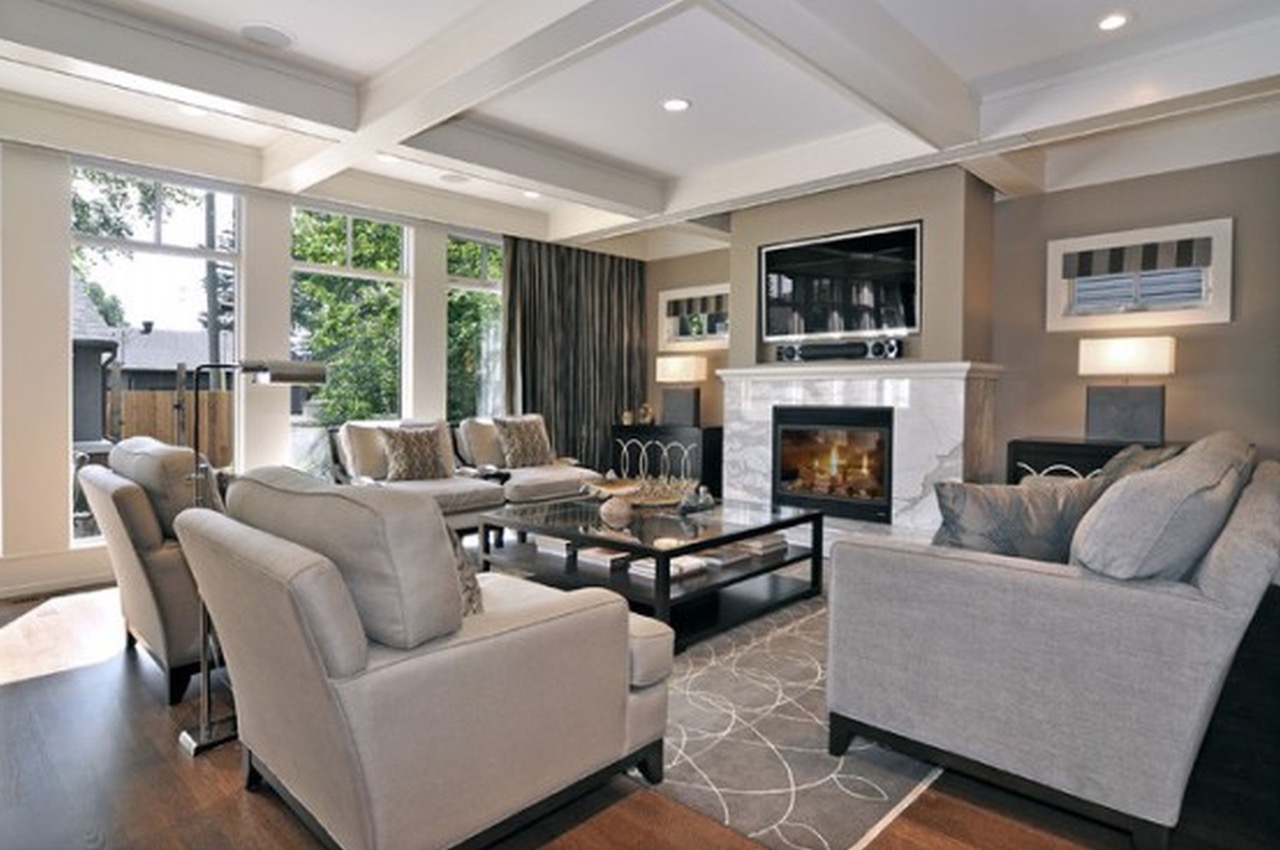
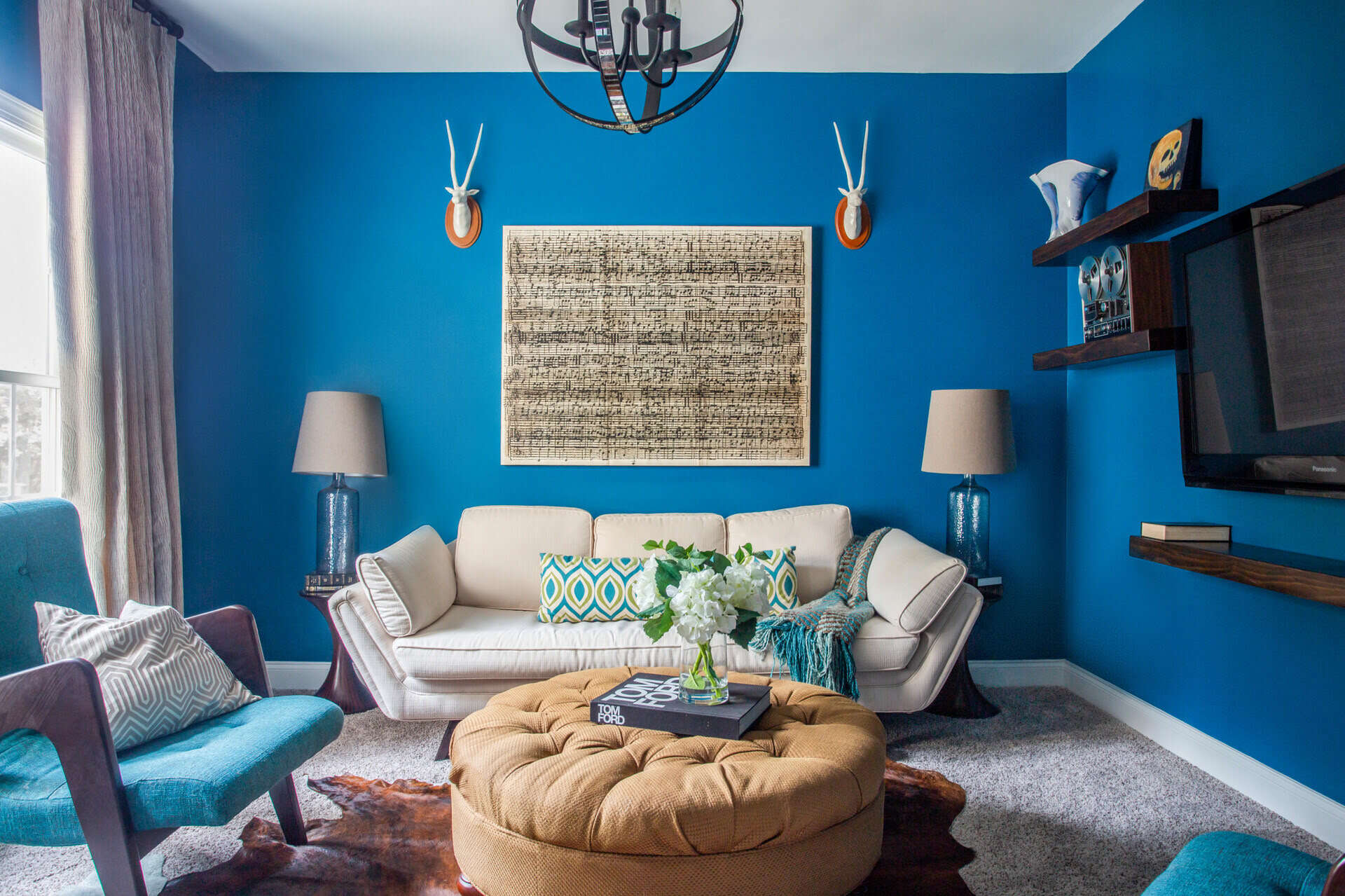
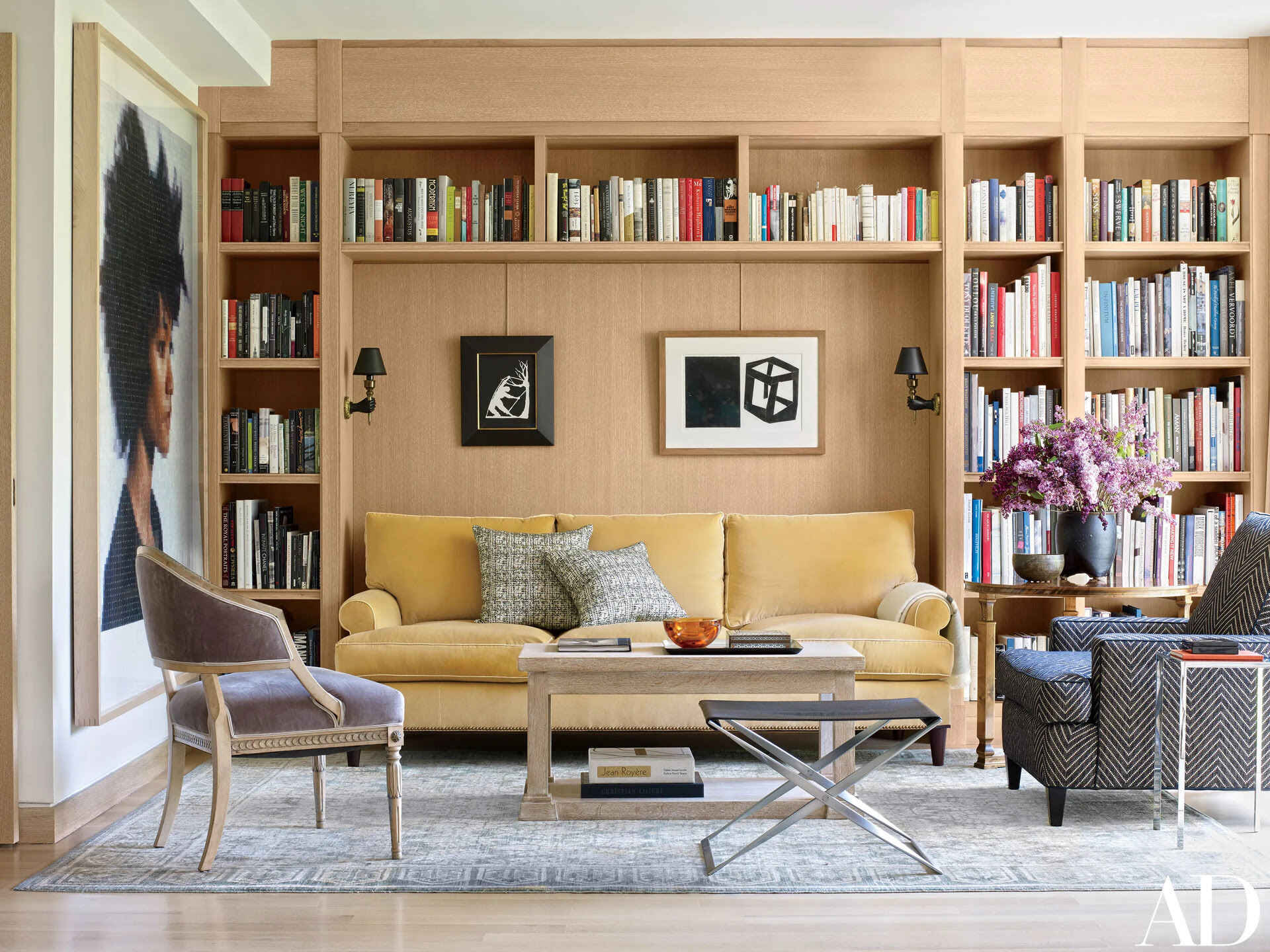
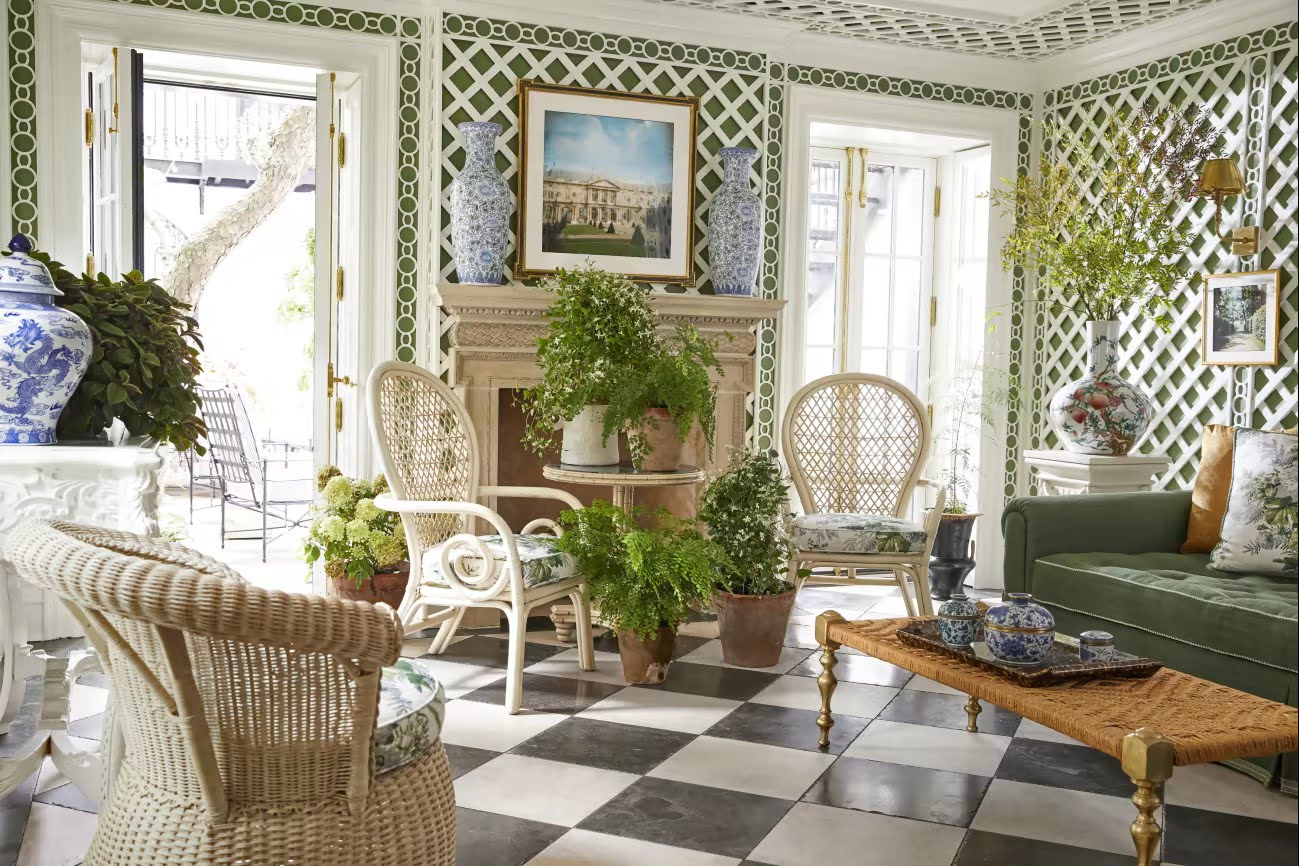
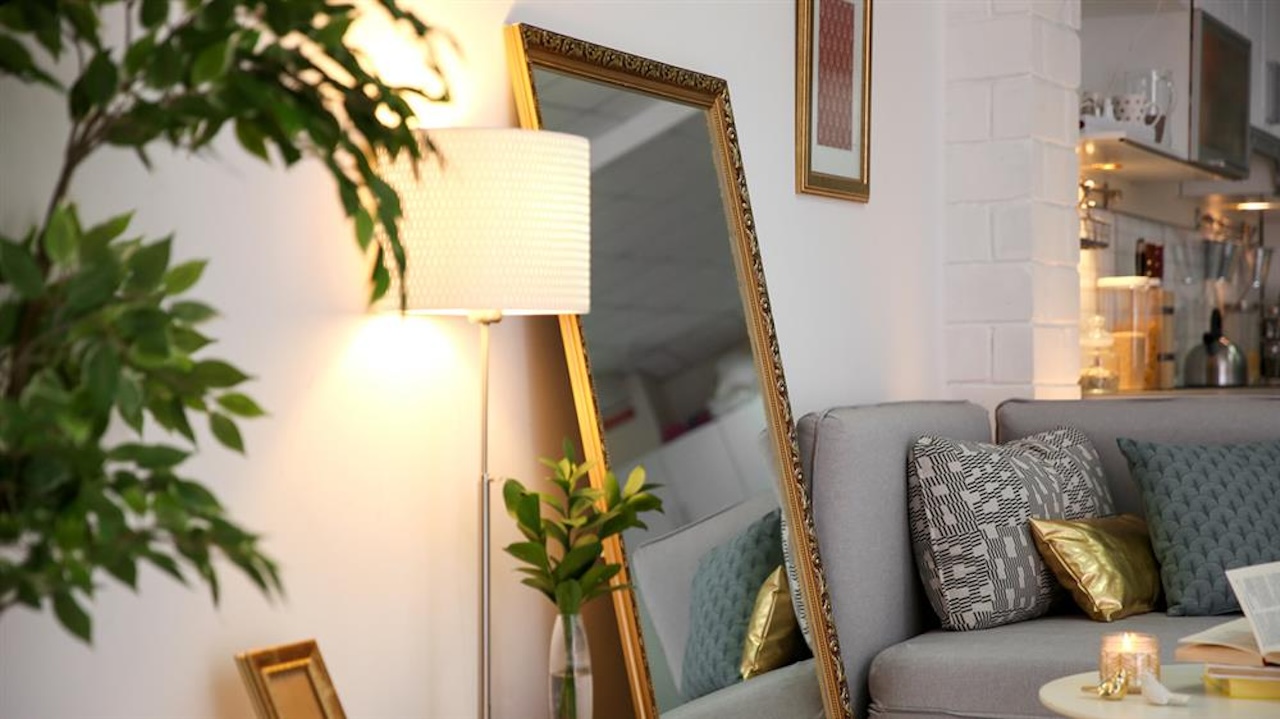
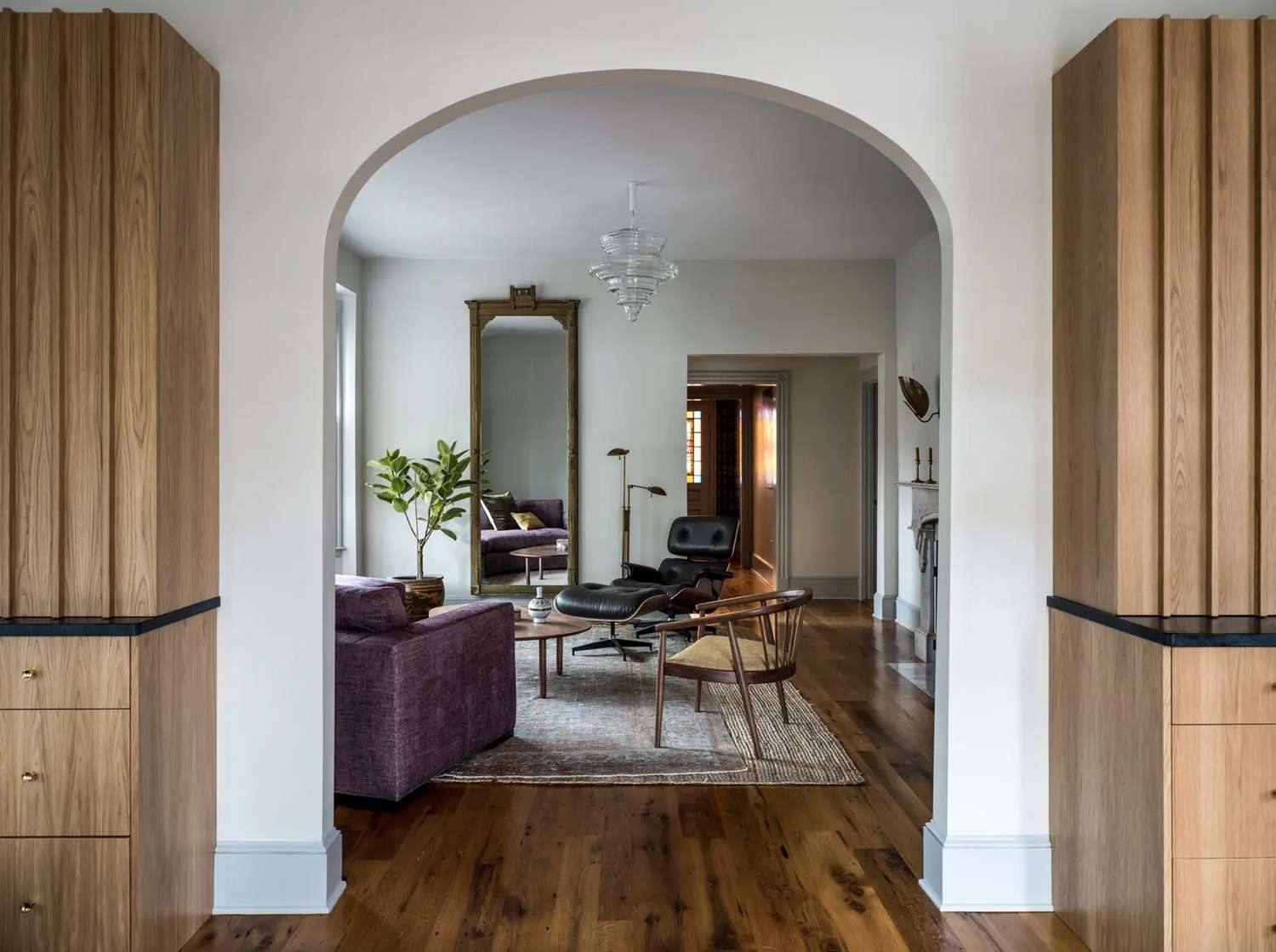
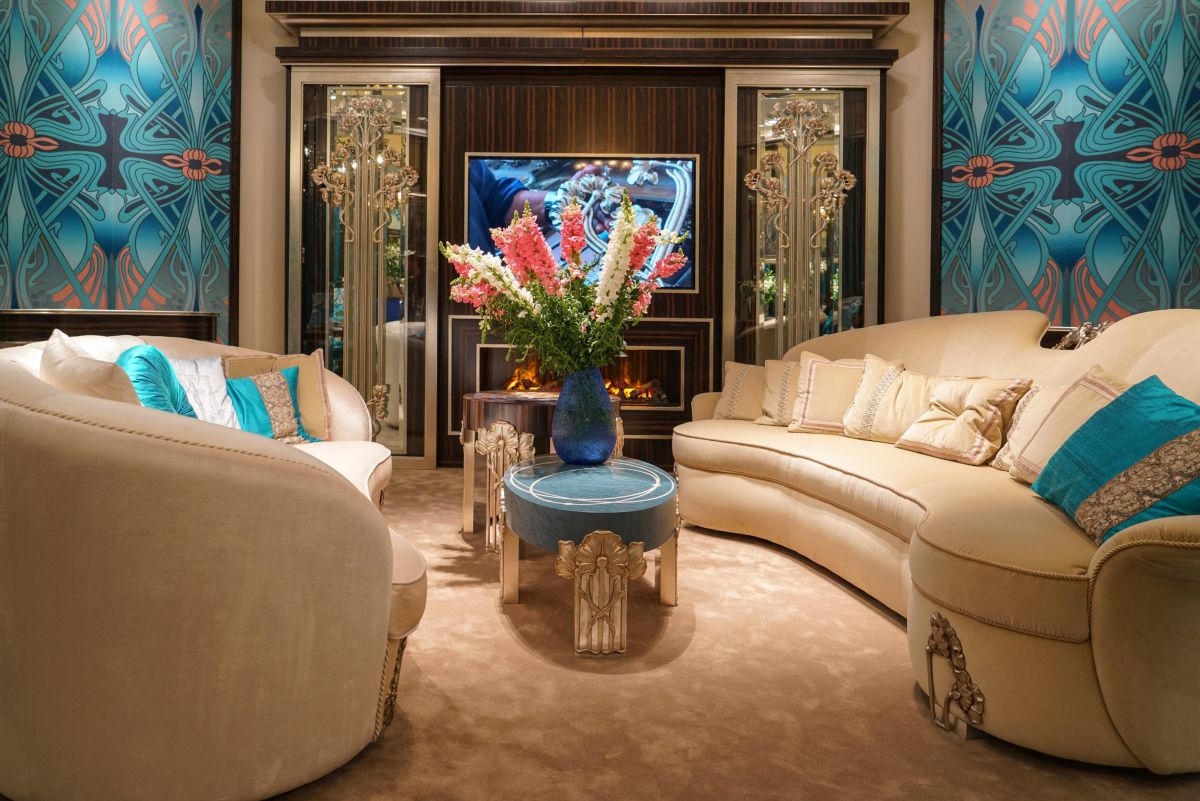
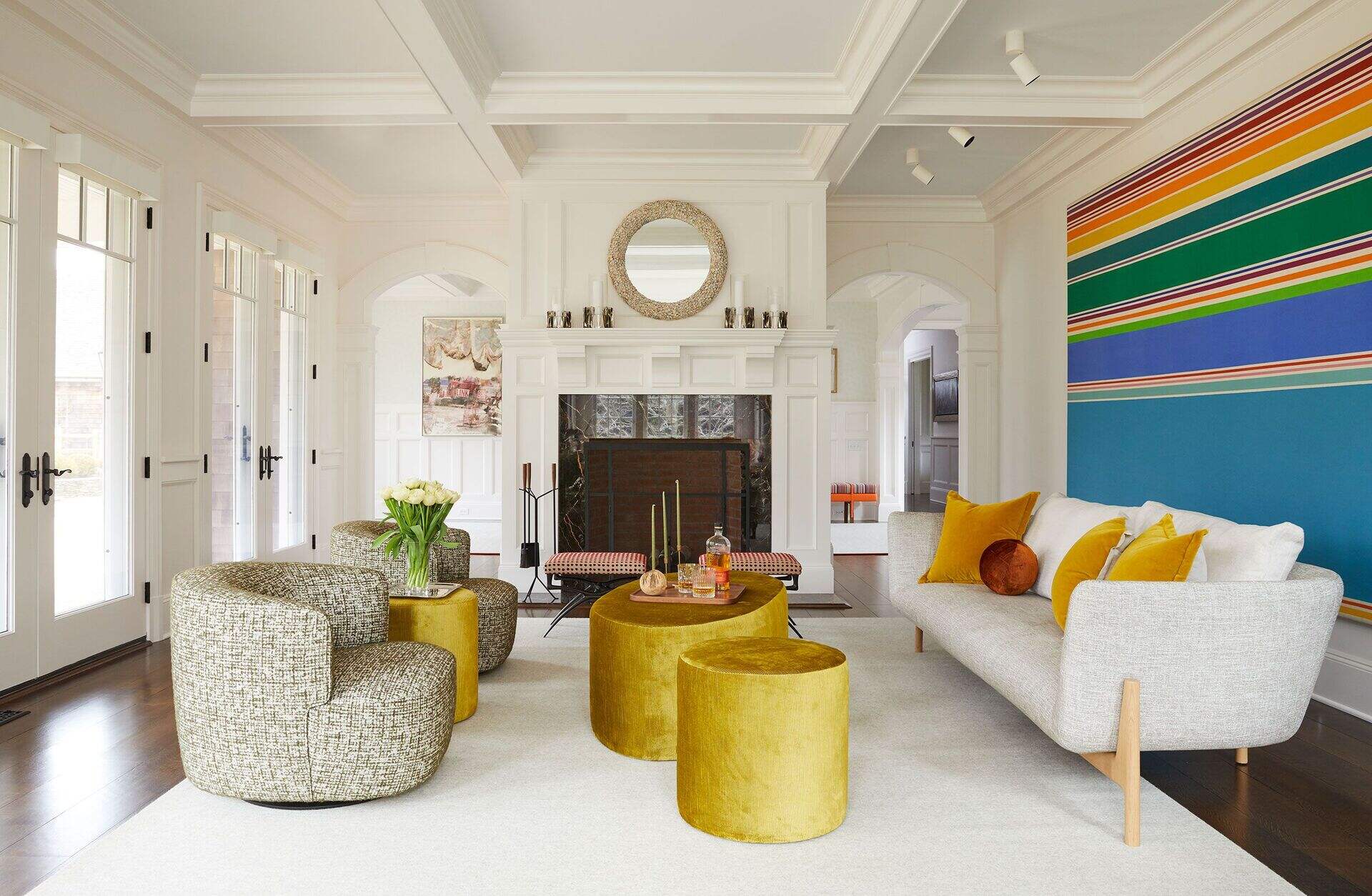
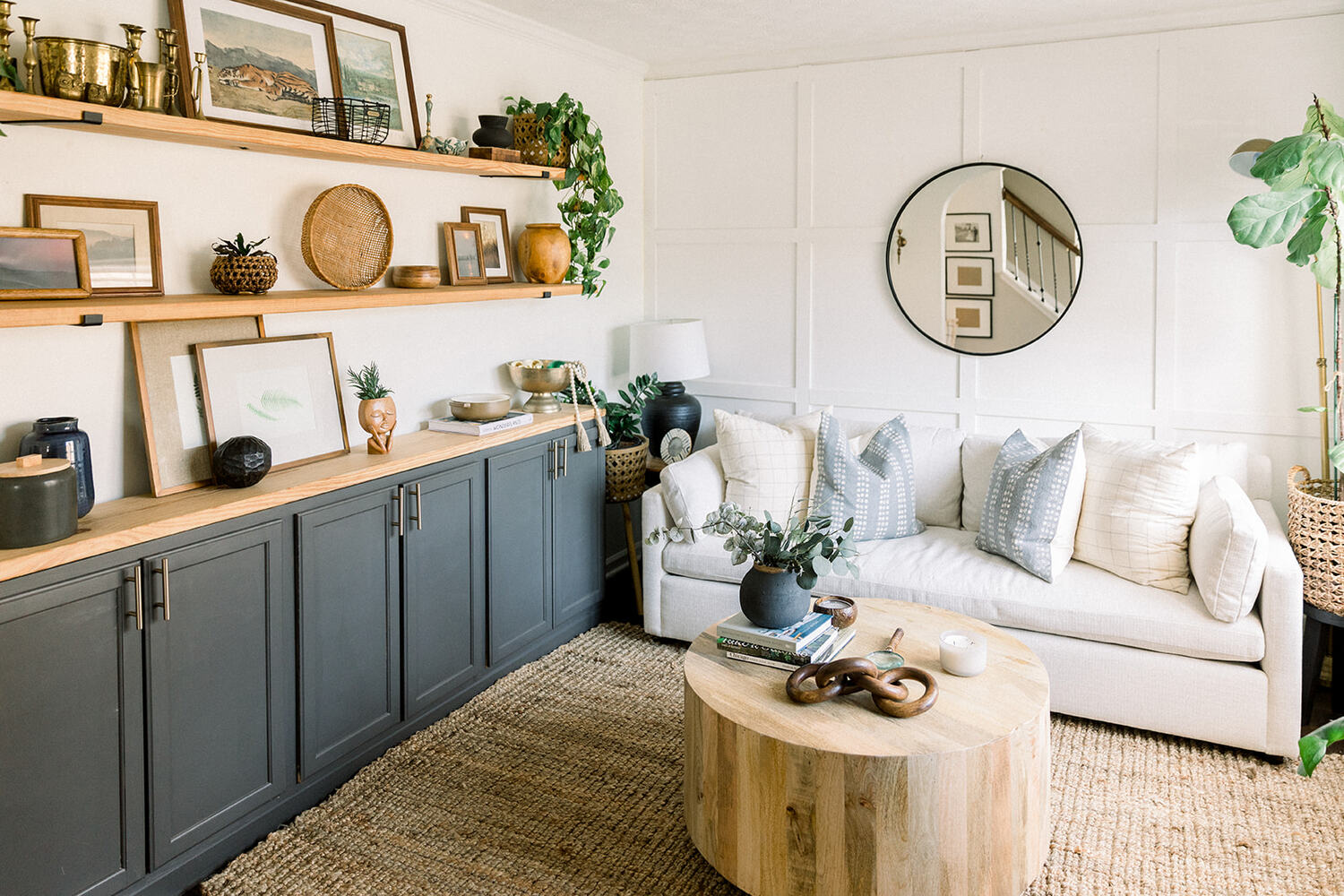
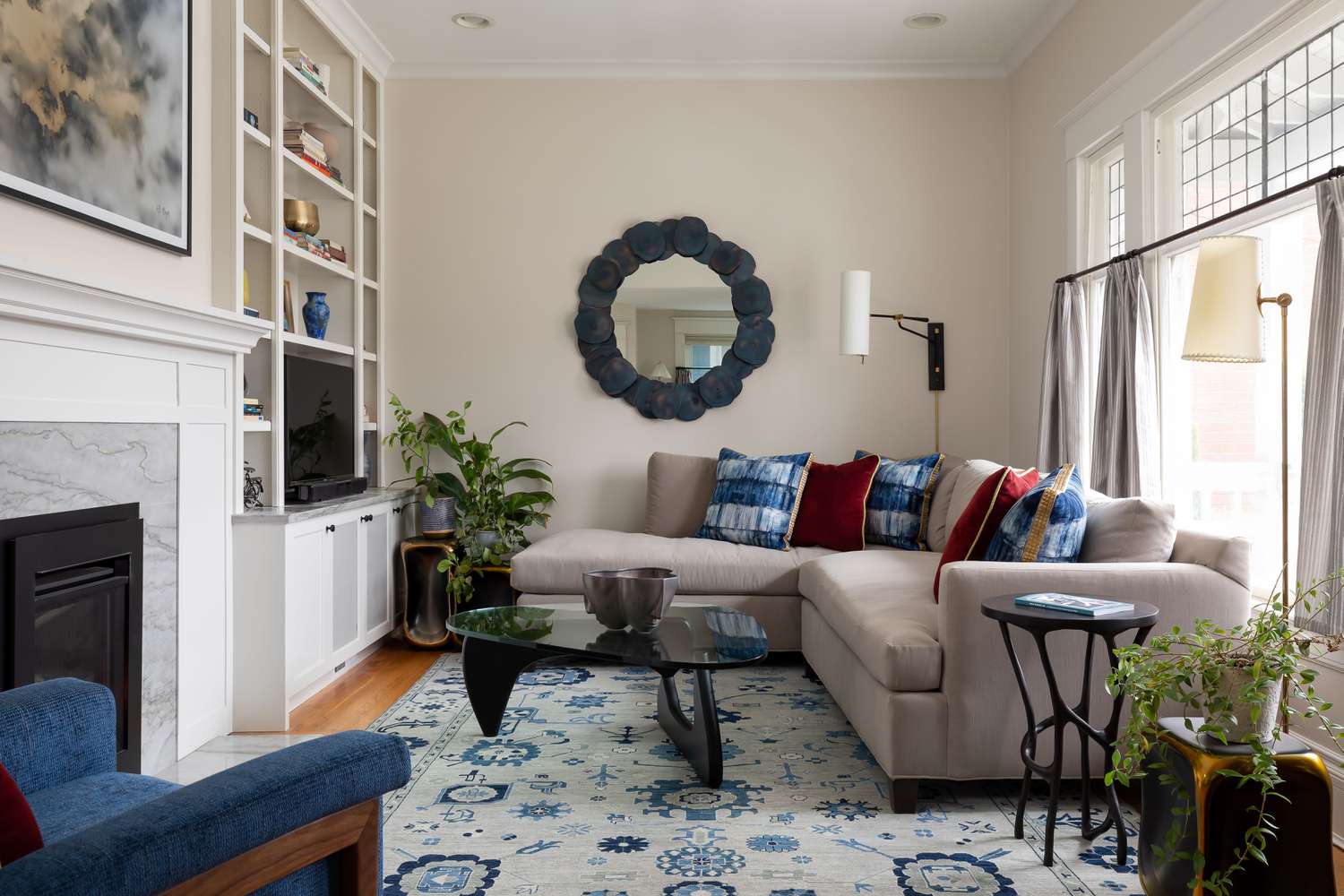
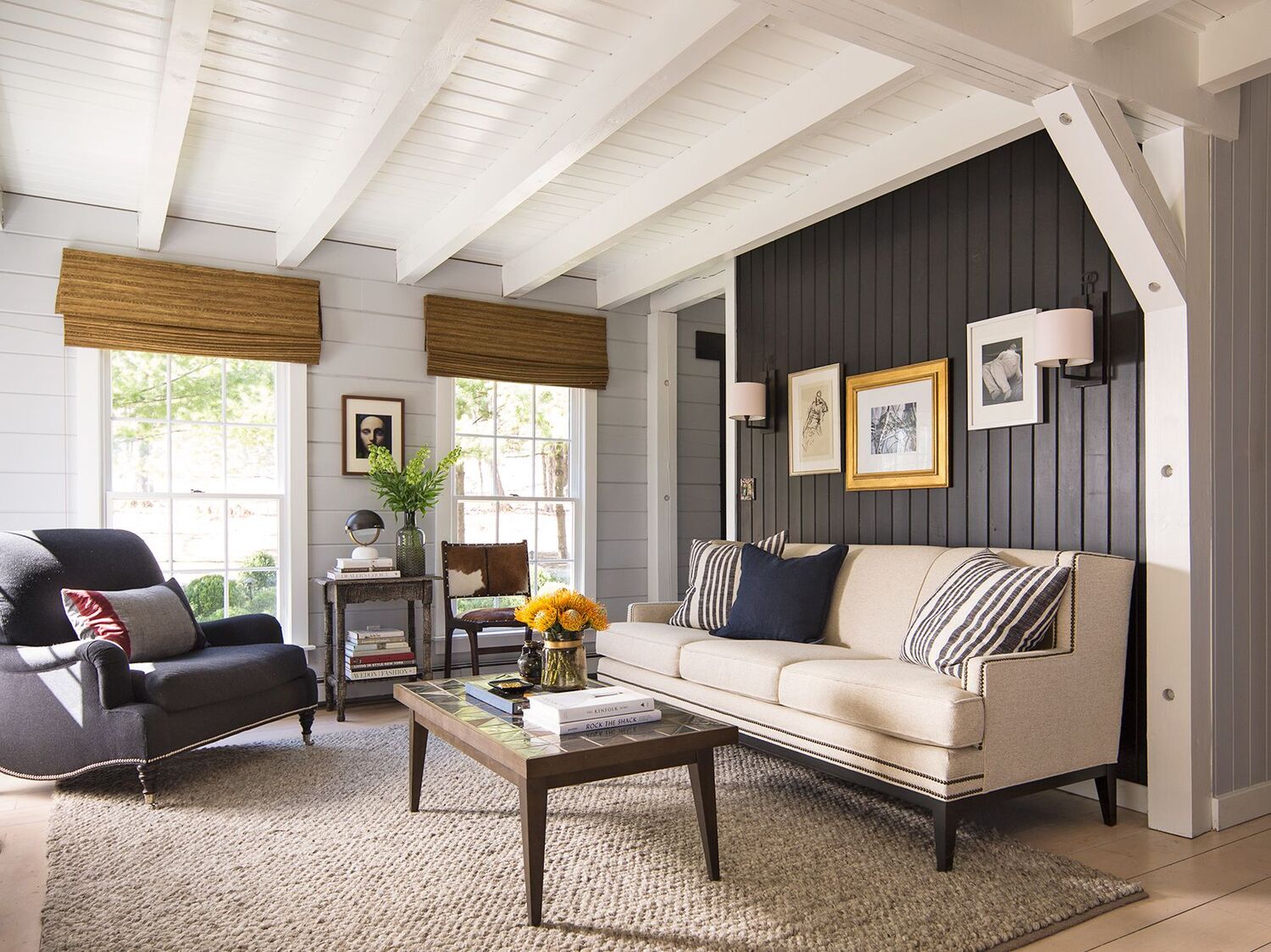
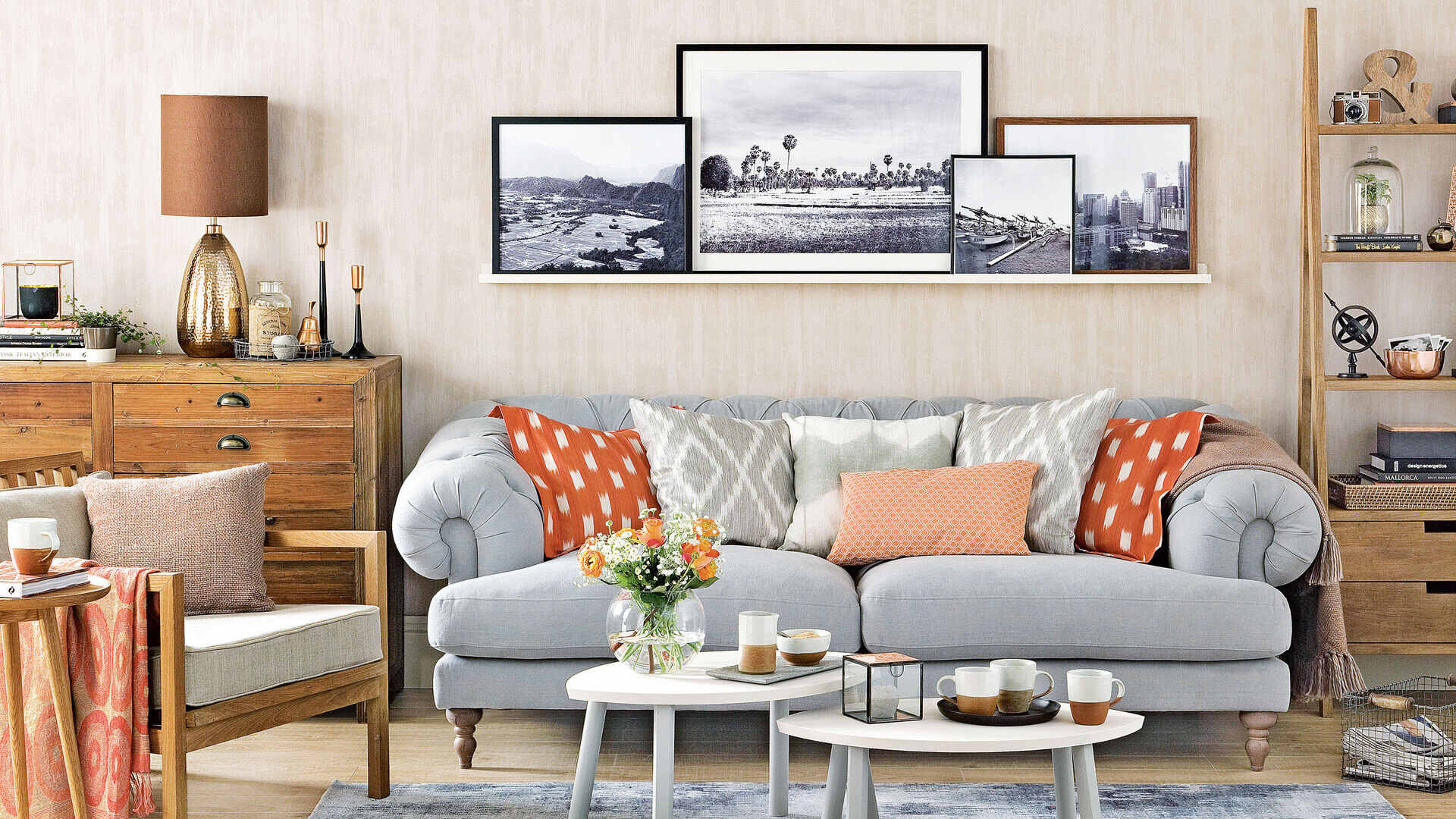

0 thoughts on “How To Decorate Formal Living Room”